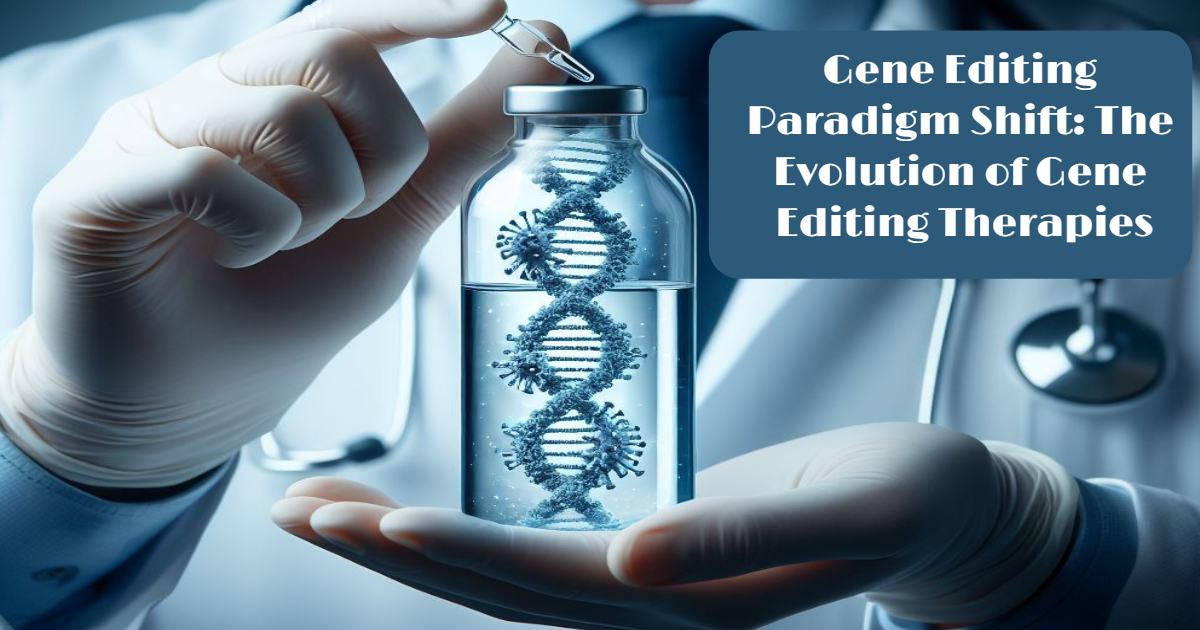Improving Gene Insertion Precision With Advanced Gene Editing Technology

Table of Contents
CRISPR-Cas Systems: A Game Changer in Gene Insertion Precision
CRISPR-Cas systems have emerged as a revolutionary tool for genome editing, dramatically enhancing the precision of gene insertion. These systems utilize programmable RNA molecules (guide RNA) to direct Cas enzymes (like Cas9, Cas12a, and Cas13) to specific DNA sequences. The Cas enzyme then creates a double-strand break, allowing for the insertion of a new gene through homology-directed repair (HDR).
- Improved targeting specificity: Advanced guide RNA design and engineering techniques have significantly improved the targeting specificity of CRISPR-Cas systems, minimizing off-target effects—unintended edits at other genomic locations.
- Reduction of off-target effects: The development of high-fidelity Cas enzymes and sophisticated computational tools for guide RNA design further reduces off-target effects, enhancing the safety of gene editing.
- Enhanced HDR efficiency: Researchers are actively developing strategies to enhance the efficiency of HDR, the cellular repair pathway that facilitates precise gene insertion, maximizing the success rate of gene therapy.
- Therapeutic applications: CRISPR-Cas systems are currently being explored in a wide range of therapeutic areas, including cancer treatment, correcting inherited genetic disorders like cystic fibrosis and sickle cell anemia, and developing novel immunotherapies.
Base Editing: Precise Nucleotide Changes without Double-Strand Breaks
Base editing offers a more refined approach to gene modification compared to CRISPR-Cas systems. Base editors, such as adenine base editors (ABEs) and cytosine base editors (CBEs), directly convert one base pair to another without causing double-strand DNA breaks. This method significantly reduces the risk of off-target effects and enhances the precision of targeted gene insertion.
- Targeted correction of single-base mutations: Base editing excels at correcting point mutations—single-base changes in the DNA sequence—that are responsible for many genetic diseases.
- Superior precision: The absence of double-strand breaks results in higher precision compared to traditional gene editing methods relying on HDR.
- Disease-specific applications: Base editing holds great promise for correcting disease-causing point mutations in a wide array of genetic disorders, offering a more targeted and potentially safer therapeutic approach.
- Ongoing research: While highly promising, research continues to improve the efficiency and expand the targeting range of base editors to address a broader spectrum of genetic mutations.
Prime Editing: A Versatile Tool for Precise Gene Editing
Prime editing represents a significant advancement in precision gene editing, offering a more versatile approach than both CRISPR-Cas and base editing. This technology utilizes a modified Cas enzyme fused to reverse transcriptase, along with a specialized guide RNA (pegRNA), to perform a wide range of edits, including insertions, deletions, and all types of point mutations.
- Increased precision and versatility: Prime editing combines the precision of base editing with the versatility of CRISPR-Cas, enabling a broader range of gene modifications.
- All-in-one system: Prime editing performs various types of gene edits in a single step, streamlining the process and increasing efficiency.
- Overcoming limitations: Prime editing has the potential to overcome some of the limitations of other gene editing techniques, expanding the scope of treatable genetic diseases.
- Ongoing developments: Although still under development, ongoing efforts focus on enhancing its efficiency and broadening its applications in gene therapy.
Advanced Delivery Systems for Enhanced Gene Insertion
Efficient delivery of gene editing tools to target cells is crucial for successful gene insertion. Various delivery systems are under investigation, each with its own advantages and limitations.
- Improved efficiency: Advanced delivery methods aim to improve the efficiency of gene delivery, ensuring that the editing machinery reaches the intended cells and tissues.
- Reduced toxicity and immunogenicity: Minimizing the toxicity and immunogenicity of delivery systems is vital to ensure patient safety and therapeutic efficacy.
- Targeted delivery: Developing targeted delivery systems capable of directing gene editing tools to specific tissues or organs is essential for minimizing off-target effects and maximizing therapeutic benefits.
- Novel approaches: Research continues to explore novel and improved delivery systems, including advanced viral vectors, non-viral delivery methods such as liposomes and nanoparticles, and other innovative approaches.
Conclusion
Advanced gene editing technologies like CRISPR-Cas systems, base editing, and prime editing, coupled with improved gene delivery systems, are revolutionizing gene insertion precision. These advancements significantly reduce off-target effects, enabling more effective and safer gene therapies. The ongoing development and refinement of these precision gene editing techniques hold immense potential for treating a wide range of genetic diseases. Stay informed about the latest breakthroughs in improving gene insertion precision and the future of gene therapy. Learn more about the exciting advancements in precision gene editing today!

Featured Posts
-
 Elon Musk Fathered Amber Heards Twins Years After Embryo Dispute
May 30, 2025
Elon Musk Fathered Amber Heards Twins Years After Embryo Dispute
May 30, 2025 -
 Metz 2026 Jacobelli Se Lance T Il Dans La Course Aux Municipales
May 30, 2025
Metz 2026 Jacobelli Se Lance T Il Dans La Course Aux Municipales
May 30, 2025 -
 Emma Raducanu Advances To Miami Open Quarterfinals
May 30, 2025
Emma Raducanu Advances To Miami Open Quarterfinals
May 30, 2025 -
 Lw Ansf Alqwmu Drws Mn Almady Lbnae Mstqbl Afdl
May 30, 2025
Lw Ansf Alqwmu Drws Mn Almady Lbnae Mstqbl Afdl
May 30, 2025 -
 100 000 Signatures Fans Petition To Strip Jon Jones Of Title
May 30, 2025
100 000 Signatures Fans Petition To Strip Jon Jones Of Title
May 30, 2025
Latest Posts
-
 Zverevs Indian Wells Run Ends Griekspoor Upsets Top Seed
May 31, 2025
Zverevs Indian Wells Run Ends Griekspoor Upsets Top Seed
May 31, 2025 -
 Griekspoor Stuns Top Seed Zverev In Indian Wells
May 31, 2025
Griekspoor Stuns Top Seed Zverev In Indian Wells
May 31, 2025 -
 Covid 19 Case Surge World Health Organization Investigates New Variant
May 31, 2025
Covid 19 Case Surge World Health Organization Investigates New Variant
May 31, 2025 -
 Rising Covid 19 Cases A New Variants Potential Role According To The Who
May 31, 2025
Rising Covid 19 Cases A New Variants Potential Role According To The Who
May 31, 2025 -
 Zverevs Road To The Munich Semifinals Comeback Wins Over Shelton And Cerundolo
May 31, 2025
Zverevs Road To The Munich Semifinals Comeback Wins Over Shelton And Cerundolo
May 31, 2025
